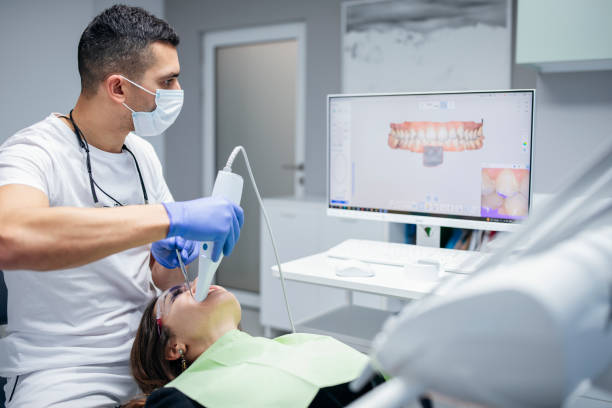
In recent years, the landscape of dental care in Australia has witnessed a significant transformation. With advancements in technology, evolving patient expectations, and a growing emphasis on preventive care, the demand for high-quality dental services has never been higher. In this comprehensive guide, we delve into the crucial factors to consider when selecting a dental clinic in Australia, exploring the latest trends, innovations, and standards shaping the industry.
Understanding the Australian Dental Landscape
Australia boasts a robust dental care system, characterized by a mix of public and private providers. While public dental services cater primarily to low-income individuals and specific demographics, private dental clinics offer a wider range of services, including cosmetic and specialized treatments. The Australian Dental Association (ADA) plays a pivotal role in setting standards, promoting oral health awareness, and advocating for best practices within the industry.
Key Considerations When Choosing a Dental Clinic
-
Qualifications and Credentials: Start by verifying the qualifications and credentials of the dental professionals working at the clinic. Dentists, hygienists, and assistants should be fully licensed and accredited by relevant Australian authorities.
-
Range of Services: Assess the clinic's range of services to ensure they align with your needs. From routine check-ups and cleanings to orthodontic treatments and cosmetic procedures, a comprehensive clinic should offer diverse solutions under one roof.
-
Technology and Facilities: State-of-the-art technology enhances diagnostic accuracy, treatment precision, and patient comfort. Look for clinics equipped with digital X-ray systems, intraoral cameras, CAD/CAM technology for same-day restorations, and advanced sterilization protocols.
-
Patient-Centered Approach: A patient-centered approach is essential for fostering trust and ensuring personalized care. Evaluate the clinic's communication style, attentiveness to patient concerns, and commitment to transparency regarding treatment options and costs.
-
Hygiene and Safety Protocols: In light of recent global events, stringent hygiene and safety protocols are non-negotiable. Prioritize clinics that adhere to ADA guidelines, implement thorough sterilization practices, and maintain a clean and sanitized environment.
-
Reputation and Reviews: Online reviews, testimonials, and word-of-mouth recommendations offer valuable insights into a clinic's reputation and service quality. Explore independent review platforms and seek recommendations from friends, family, or healthcare professionals.
-
Accessibility and Location: Consider the clinic's location, operating hours, and accessibility, especially if you require frequent visits or have mobility concerns. Opt for a conveniently located clinic that fits seamlessly into your schedule.
Emerging Trends in Australian Dental Care
-
Tele-dentistry: Tele-dentistry has emerged as a convenient alternative for consultations, follow-ups, and preventive care, particularly in remote or underserved areas. Virtual appointments enable patients to access professional advice from the comfort of their homes.
-
Minimally Invasive Techniques: Minimally invasive techniques, such as laser dentistry and air abrasion, are gaining popularity for their precision, reduced discomfort, and faster recovery times. These approaches preserve more natural tooth structure and are ideal for patients seeking conservative treatment options.
-
Digital Smile Design (DSD): Digital Smile Design utilizes advanced imaging and software tools to create customized treatment plans and visualize the anticipated outcomes of cosmetic procedures. Patients can actively participate in the design process, ensuring satisfaction with the final results.
-
Holistic Dentistry: Holistic dentistry emphasizes the interconnectedness of oral health with overall well-being. Practitioners focus on using biocompatible materials, addressing underlying systemic issues, and promoting natural healing mechanisms for optimal oral health outcomes.
-
Collaborative Care Models: Collaborative care models involve interdisciplinary collaboration between dental professionals, physicians, nutritionists, and other healthcare providers to address complex oral health issues comprehensively. This approach ensures holistic patient care and better treatment outcomes.
Conclusion
Selecting the right dental clinic is a critical decision that impacts your oral health and overall well-being. By considering factors such as qualifications, range of services, technology, patient-centered approach, hygiene protocols, reputation, and emerging trends, you can make an informed choice tailored to your individual needs. With a proactive approach to dental care and access to innovative treatments, Australians can enjoy healthy smiles and enhanced quality of life for years to come.





